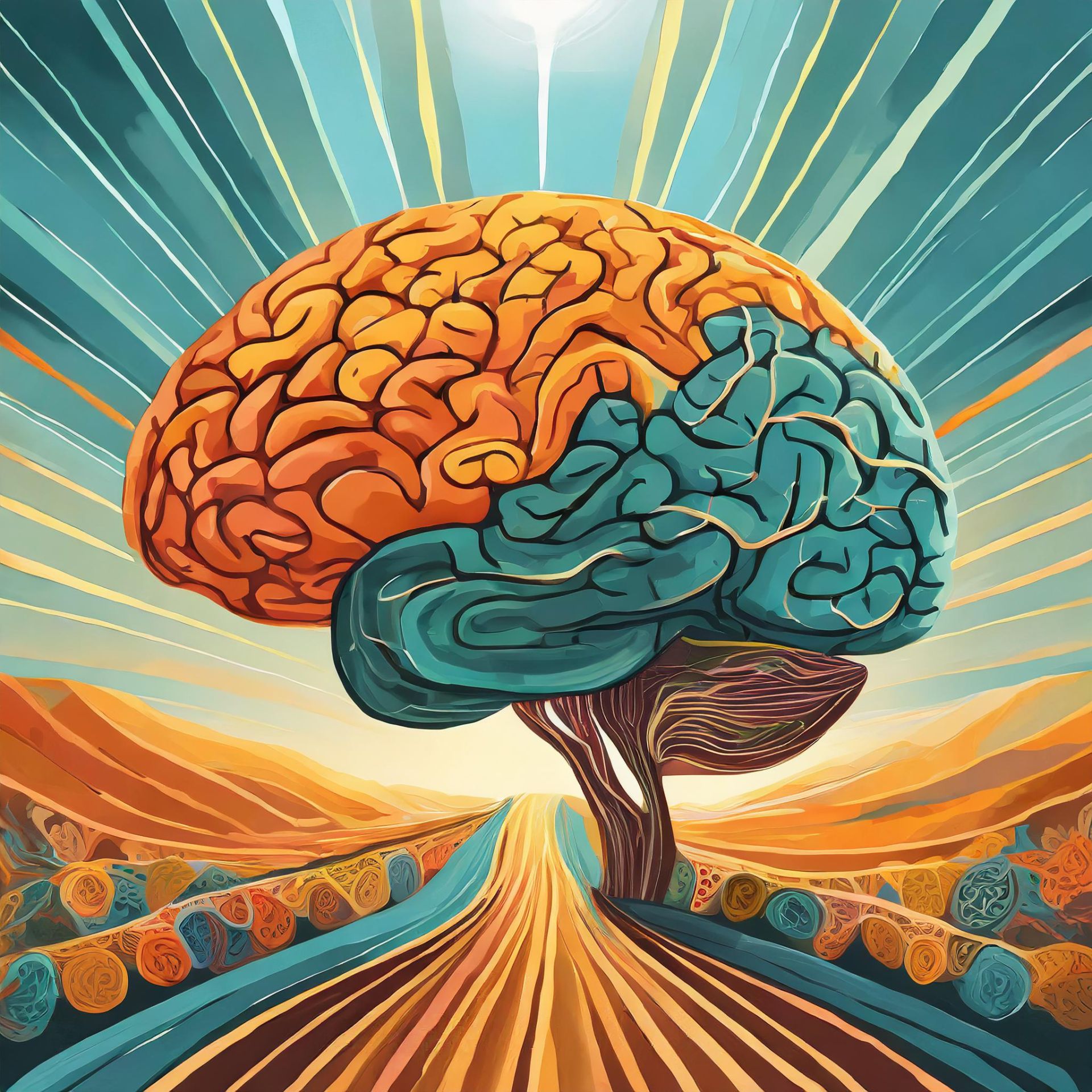
As psychiatric practitioners, we're constantly seeking innovative solutions for treatment-resistant conditions. Transcranial Magnetic Stimulation (TMS) has emerged as a groundbreaking approach for Obsessive-Compulsive Disorder (OCD), offering hope to patients who haven't responded to traditional therapies. Let's explore how TMS is revolutionizing OCD treatment and why it's becoming an essential tool in our clinical arsenal.
The FDA-Cleared H7 Coil System
In 2018, the FDA cleared Brainsway's H7 coil system for OCD treatment, marking a significant milestone in non-invasive neuromodulation therapies. This innovative device is designed to target deeper brain structures implicated in OCD, particularly the medial prefrontal cortex (mPFC) and anterior cingulate cortex (ACC) (Carmi et al., 2019).
Key features of the H7 coil system:
1. Deep penetration: The H7 coil can stimulate deeper brain regions more effectively than traditional figure-8 coils.
2. Customized design: The coil's shape is optimized to fit the human skull, ensuring more precise stimulation.
3. Non-invasive: Unlike surgical interventions, TMS doesn't require anesthesia or recovery time.
Mechanism of Action
TMS works by modulating the activity of neural circuits involved in OCD, specifically the cortico-striatal-thalamo-cortical (CSTC) circuits. By delivering magnetic pulses to the mPFC and ACC, TMS can help normalize the hyperactivity often observed in these regions in OCD patients (Goodman et al., 2021).
The treatment protocol typically involves:
- High-frequency stimulation (20 Hz)
- 100% of resting motor threshold
- 2-second pulse trains with 20-second intervals
- 50 trains per session, totaling 2,000 pulses
Pivotal Studies: Demonstrating Efficacy
The groundbreaking multicenter, randomized, double-blind study by Carmi et al. (2019) provided compelling evidence for the efficacy of deep TMS in OCD:
- 38.1% of patients in the active TMS group showed a significant response (≥30% reduction in Y-BOCS scores) compared to 11.1% in the sham group.
- Improvements were maintained four weeks post-treatment, suggesting durability of effects.
Real-world data has been even more promising. A post-marketing study by Roth et al. (2021) found:
- 72.6% of patients achieved a positive response after an average of 18.5 sessions.
- Continuous symptom reduction was observed for up to 40 sessions.
These findings underscore the potential of TMS as a powerful adjunctive treatment for OCD, especially in cases resistant to conventional therapies.
Implications for Clinical Practice
As psychiatric practitioners, integrating TMS into our treatment repertoire offers several advantages:
❒ Expanded options: TMS provides a non-pharmacological alternative for treatment-resistant OCD.
❒ Personalized care: The ability to target specific brain regions allows for more tailored treatment approaches.
❒ Minimal side effects: TMS is generally well-tolerated, with fewer systemic side effects compared to medications.
By offering TMS, we can provide renewed hope and improved outcomes for our OCD patients who have struggled with conventional treatments.
Are you ready to explore how TMS could transform your approach to OCD treatment? Stay tuned for our next post, where we'll provide a step-by-step guide on implementing TMS in your psychiatric practice.
References:
Carmi, L., Tendler, A., Bystritsky, A., Hollander, E., Blumberger, D. M., Daskalakis, J., ... & Roth, Y. (2019). Efficacy and safety of deep transcranial magnetic stimulation for obsessive-compulsive disorder: A prospective multicenter randomized double-blind placebo-controlled trial. American Journal of Psychiatry, 176(11), 931-938.
Goodman, W. K., Storch, E. A., & Sheth, S. A. (2021). Harmonizing the neurobiology and treatment of obsessive-compulsive disorder. American Journal of Psychiatry, 178(1), 17-29.
Roth, Y., Tendler, A., Arikan, M. K., Vidrine, R., Kent, D., Muir, O., ... & Zangen, A. (2021). Real-world efficacy of deep TMS for obsessive-compulsive disorder: Post-marketing data collected from twenty-two clinical sites. Journal of Psychiatric Research, 137, 667-672.
U.S. Food and Drug Administration. (2018). De Novo Classification Request for Brainsway Deep Transcranial Magnetic Stimulation System. Retrieved from https://www.accessdata.fda.gov/cdrh_docs/reviews/DEN170078.pdf
Zangen, A., & Roth, Y. (2014). Reaching deep brain structures: The H-coils. In Transcranial Magnetic Stimulation (pp. 57-65). Humana Press.
